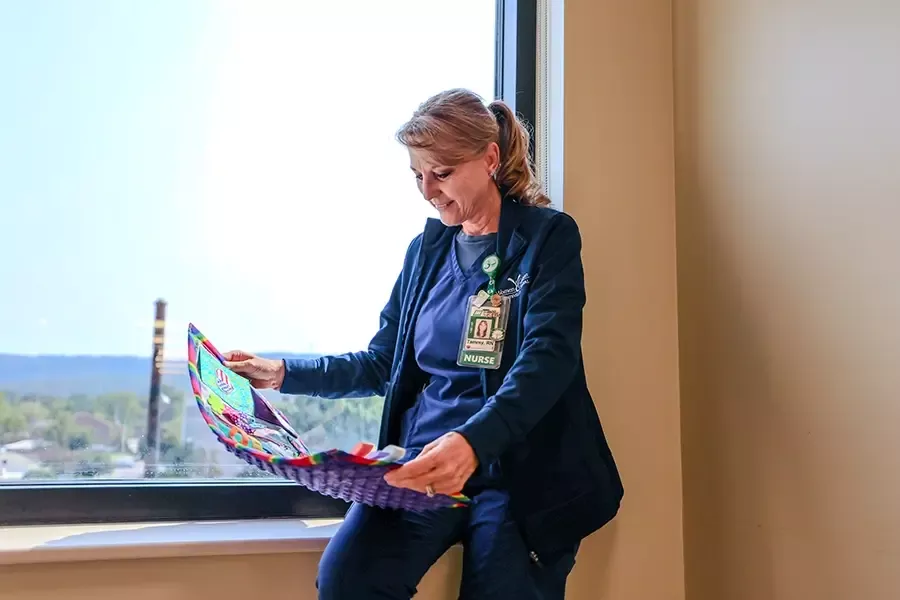
Do the cooler temperatures, shorter days and lack of sunlight in winter bring you down? If feelings of depression make you blue this time of year, you aren’t alone.
According to the American Psychiatric Association, about 5% of U.S. adults experience Seasonal Affective Disorder, or SAD, a mental health condition that typically lasts about 40% of the year and affects more women than men. For most people with SAD, January and February tend to be the most difficult months to navigate.
“Seasonal Affective Disorder can cast a shadow over the lives of many people, especially as the days get shorter and sunlight becomes less common,” said Dr. Senthil Rajaram Manoharan, a Huntsville Hospital physician who specializes in psychiatry.
What is SAD?
Symptoms of SAD can look similar to major depression, such as:
- Feelings of sadness, depression or moodiness
- Little or no desire for hobbies or interests
- Eating and sleeping more than usual
- Lack of energy
- Increased fatigue and lethargy
- Difficulty concentrating or making decisions
- Hopelessness or thoughts of self-harm
SAD symptoms typically persist, nearly every day, for at least two weeks when the seasons change, most commonly during fall or winter. Reach out to a health care provider for a diagnosis and learn about treatment options if you suspect you might have SAD or know someone who does,
If you are in immediate distress or thinking about hurting yourself, you can also call/text #988 or chat at 988lifeline.org to speak to a Suicide and Crisis Lifeline counselor at no charge. Available 24/7/365, these trained, trusted individuals serve anyone in any type of crisis and provide mental health resources during your time of need.
“Asking for support is never a sign of weakness,” Dr. Rajaram Manoharan said. “It takes strength to acknowledge mental health issues and great courage to seek help.”
Treatment options
Fortunately, there are lots of coping strategies available to help those with SAD get through the gloomy winter months.
“Sometimes, the simplest solutions are the best ones,” Dr. Rajaram Manoharan said. “Going outside, spending time with loved ones, exercising, doing something you enjoy and eating healthy are easy, often effective, ways you can fight back against SAD.”
Other forms of treatment for SAD include:
- Bright light therapy
- Talk therapy
- Medications
- Vitamin D supplements
Click here to learn how you can get help for SAD or other mental illnesses. If you need assistance learning how to talk about mental health, visit this website for free resources.


